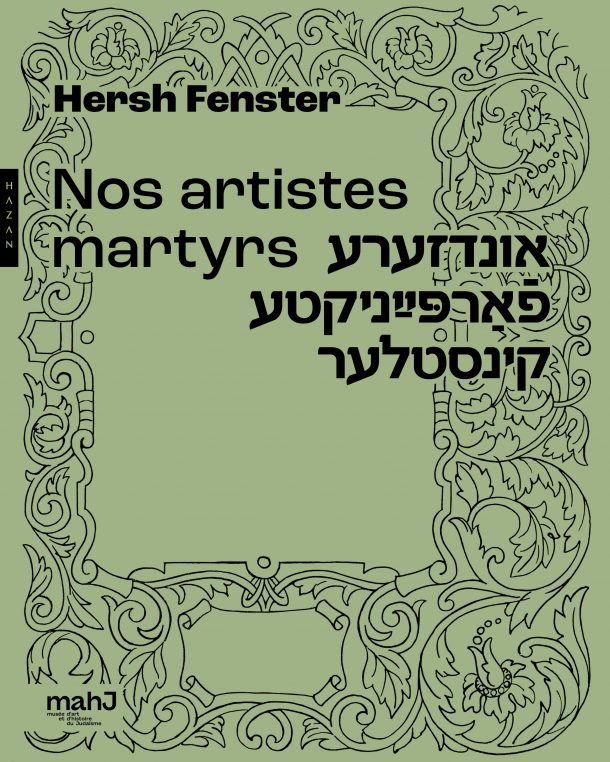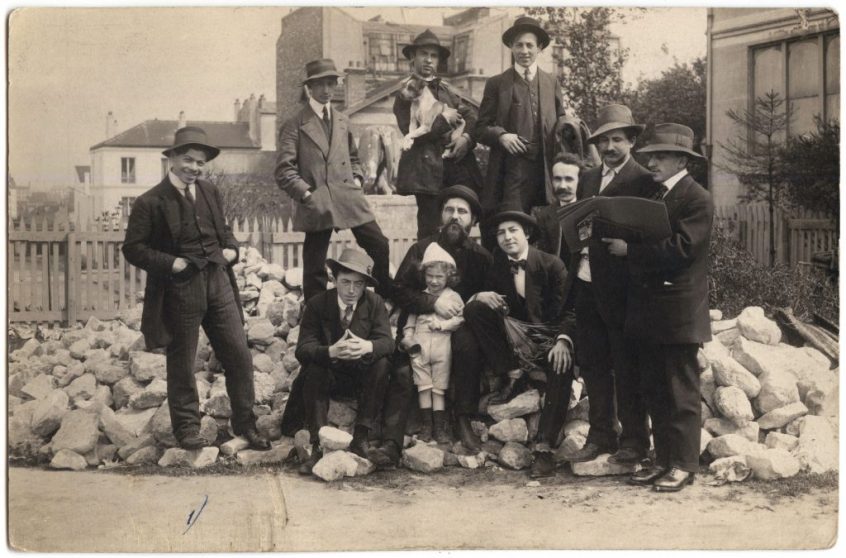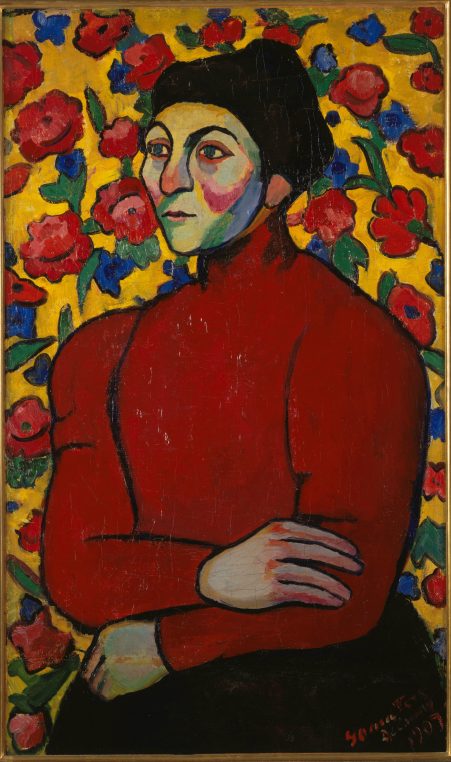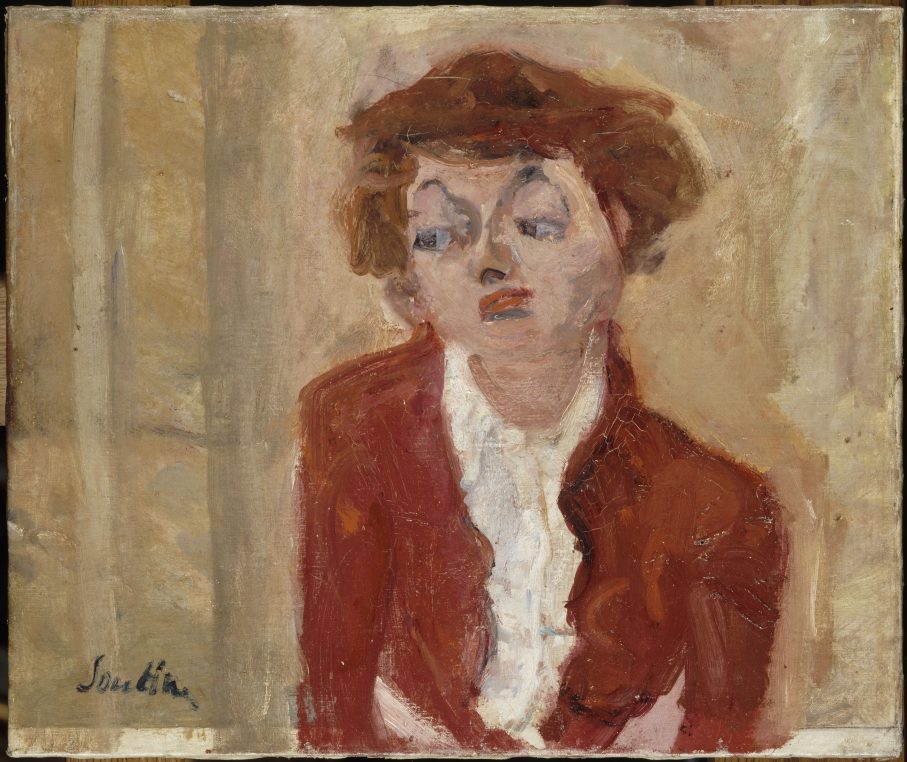Musée d’art et d’histoire juive is a quirky museum located in a beautiful hotel particulier of the Marais. And their shows are always interesting given the weird space which they have. (Chagall’s father hangs in the staircase…) The new exhibition “Chagall, Modiglinai, Soutine … Paris as school 1905-1940” is the fascinating story of artists born in Russia and Eastern Europe, but also in Italy in Modiglinai’s case, who migrated to Paris and settled in Montparnasse around the café du Dôme (called les Dômiers) and La Ruche, an alley of studios which still houses artists today. The vitality of these foreign painters and sculptors is huge and many of them served in the French army in WWI and became citizens.
Léon Indenbaum arrived in 1911 from Tcherikov (now Bielorussia) and studied with Antoine Bourdelle at la Grande Chaumière. He is noticed by Jacques Doucet, the generous couturier and collector, who sponsored him. He painted La Ruche, built by Gustave Eiffel, the group of houses which included 140 studios and still exists in passage Dantzig and can be visited from the outside. Fashion designer Adeline André still works from there.
There were two major periods of immigration: in 1905-1906 first, and these artists often studied at Académie Matisse which was financed by Gertrude Stein’s brother. Jules Pascin came from Bulgaria, Sonia Delaunay, from Odessa, Modiglinai from Livorno, Lipchitz from Russia, Kisling from Krakow. For them Paris was the city of the emancipation of Jews since 1791 during the French Revolution, and Montparnasse was, after Montmartre, their home. The Dômiers became so famous that Alfred Flechtheim, organized in his gallery of Düsseldorf an exhibition called “Der Dome” including 23 of these artists.
A second wave of poorer artists came ten years later. There are altogether 43 of them in the show and 130 paintings and sculptures. In the first room an animated map of Europe shows their travels and where they each emigrated from. There were 8 500 Jews who fought in the French army during the war and some of them of course were artists, like Isaac Dobrinsly, Moïse Kisling and Simon Modzai who joined the Foreign Legion. Marcoussis and Zadkine also joined the army.
In the crazy 1920’s, one painter, Jules Pascin, who was raised in Vienna, paints the happy life of Montparnasse. He describes the costumed balls, the cafés and all festive events with International artists. Marianne Breslauer (a pupil of Man Ray) and André Kertész photograph them.
If you want to learn more about the subject you can acquire the book which was published thanks to the delay of the exhibition (which was meant to open in April 2020), “Our Martyr artists” by Hersh Fenster. This Yiddish writer published in 1951 a book on the 84 Jewish artists who died during WWII. “Undzere farpaynikte kinstler” was only printed in 375 copies. A poem in Yiddish by Marc Chagall features in the book and is reproduced at the end of the show.
 Until October 31 at MahJ, 71 rue du Temple.
Until October 31 at MahJ, 71 rue du Temple.
Share this Post





